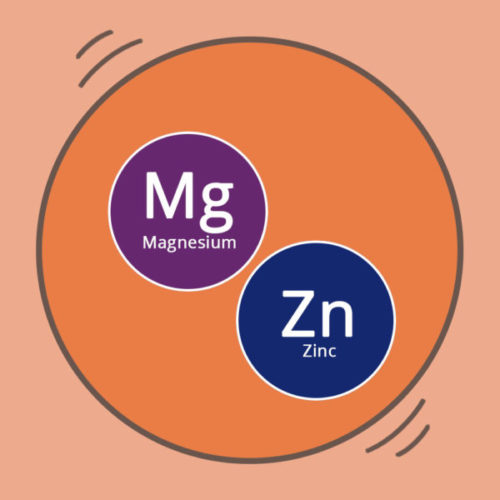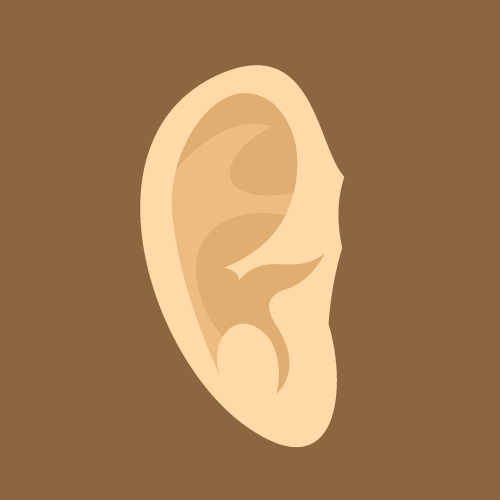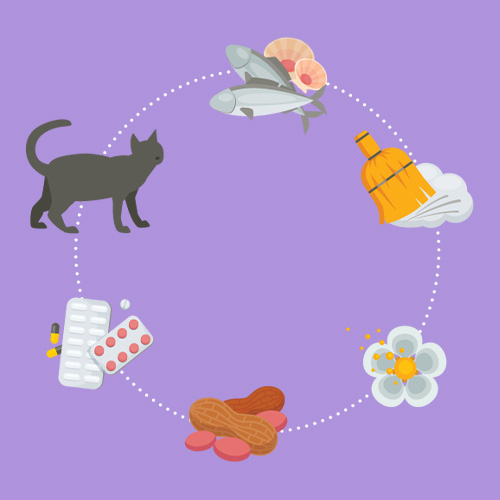Understanding zinc absorption

When it comes to zinc absorption, the form of zinc dictates how zinc is absorbed. There are two main classifications we can classify zinc into, to differentiate how it is absorbed - Salts & Amino Acid chelates.
How zinc amino acids work
Zinc bound to an anion (or negatively charged compound - like oxide, citrate, gluconate, etc.), is referred to a “Salt”. Zinc when bound to amino acids (like glycine, arginine, glutamine, etc.) is referred to as an amino acid chelate.
These two types of compounds behave differently in our digestive tract and are absorbed through different pathways, with defining features.
“Salts” cannot be absorbed as a whole and require Zinc to become “ionic”. What ionic refers to, is zinc unbound to any compound and “free” (ie. Zn2+).
“Amino Acid Chelates” on the other hand can be absorbed as a whole and do not need to zinc to become “ionic” in order to be absorbed.
In order for zinc to be “free” or “ionic”, zinc (salts) need the strong acidic pH of the stomach to liberate zinc and make it “ionic”.
These zinc “ions” then travel to the small intestine and are absorbed through pathways called ionic mineral receptor channels. These pathways require zinc or any mineral to be “ionic” and “free” in order to absorb the mineral. If zinc is not “ionic” or “free” then these channels are unable to absorb zinc and it will pass through our digestive tract unabsorbed.
When amino acid chelates leave the stomach to the small intestine (still bound and not “ionic”), they use a different pathway called “peptide channels”. These peptide channels are the same pathways we use to absorb proteins that we ingest through our diet or supplements. In fact, we have twice the surface area or twice the “holes” in our intestinal tract dedicated to peptide channel absorption then ionic mineral receptor absorption.
Due to these unique differences, we can see a marked increase in absorption of amino acid chelates (like zinc bisglycinate) vs other forms of zinc.
Zinc bisglycinate vs zinc gluconate
One study looked at zinc bisglycinate vs zinc gluconate (both providing 15mg of zinc) and how they differ for absorption. They used a method of analysis called - Area under the Curve - which represents the amount of absorption over time and relative to a baseline. They found zinc bisglycinate was +43.4% better absorbed then zinc gluconate.
A further study looked at higher dosages of zinc (60mg) and looked at markers for zinc status and erythrocyte superoxide dismutase activity, which is a marker for changes in copper status. The study showed that zinc bislglycinate effectively changed zinc status better than zinc gluconate. Both forms of zinc had little to no impact on copper status.
Factors that affect zinc absorption
There are numerous factors that can affect zinc absorption. These factors are heightened by the form of supplemental zinc chosen.
Zinc “salts” refer to zinc bound to an anion (or negatively charged compound - like oxide, citrate, gluconate, etc) and amino acid chelates refer to zinc bound to amino acids (like glycine, glutamine, etc.)
These two forms differ in absorption and how they are affected by dietary influences and supplemental influences.
Here are some factors that can affect zinc absorption:
- Low stomach acid (Hypochlorhydria)
- High Phytate Diet
- High Oxalate Diet
- Taking zinc at the same time as Fibre
- Ingested of other minerals at the same time (esp. in high amounts)
- Certain pharmaceutical medication
Stomach acid is extremely important for zinc “salts” absorption. Without a proper acidic pH in our stomach, we cannot liberate zinc from its anion and make zinc “ionic”. If zinc does not become ionic from salt forms, it cannot be readily absorbed. Stomach acid and ensuring we have a proper pH in our stomach is an important factor for not just zinc absorption, but protein absorption & B12.
Foods that help zinc absorption
Phytates, which can be found naturally in beans, grains, nuts & seeds can have an inhibitory effect on zinc absorption. Phytates can bind “ionic” zinc in the intestinal tract reducing its ability to be absorbed as zinc is no longer “ionic” once it is bound.
Oxalates, which can be found naturally in spinach, beets, nuts, bran flakes can also have an inhibitory effect on zinc absorption. Oxalates, in the same fashion as phytates, can bind “ionic” zinc as it is travelling down the intestinal tract reducing zinc’s ability to be absorbed.
Dietary fibre, through diet or supplementation can impact zinc absorption. When taken in high amounts at the same time as supplemental or dietary zinc, fibre can suspend or bind zinc reducing its ability to be absorbed.
Our “ionic” mineral receptor channels are busy highway on ramps. When too many cars or too many minerals are present, they back up and traffic slows down. When too many minerals are ingested through supplements or diet at a single time, the “on-ramp” backs up and absorption of minerals slows down due to saturation. This can be avoided or slowed, by taking minerals like zinc and dividing the dosing up into multiple times per day.
Some pharmaceutical medications mechanism of action is to reduce stomach acid. Stomach acid is foundational for proper zinc “salt” absorption. By reducing/inhibiting stomach acid production with medications like tums, rolaids, zantax, etc., can affect zinc absorption by inhibiting reducing its fundamental need for an acidic stomach.
Vitamin C is commonly thought to enhance zinc absorption, due to its known effect upon iron absorption. Two studies published in 1979 & 1987, showed no effect of Vitamin C on zinc absorption. Although, these two studies showed no effect, vitamin c (also known as ascorbic acid) has an acidic pH. Our stomach requires an acidic environment in order to properly process minerals for proper absorption. Our stomach acid works on a positive feedback loop, where the presence of acid, stimulates the cells in our stomach to produce more stomach acid.








